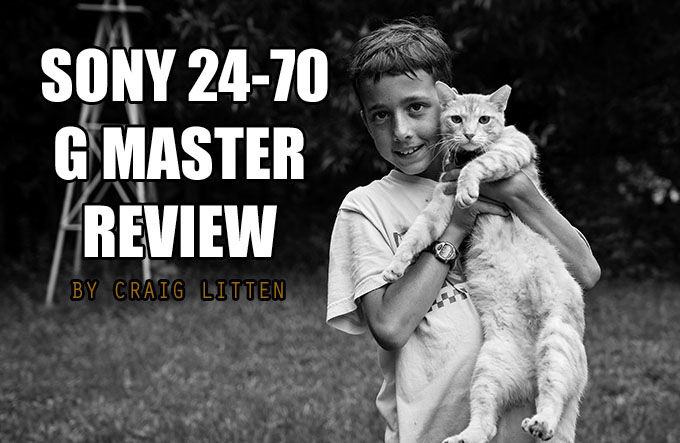
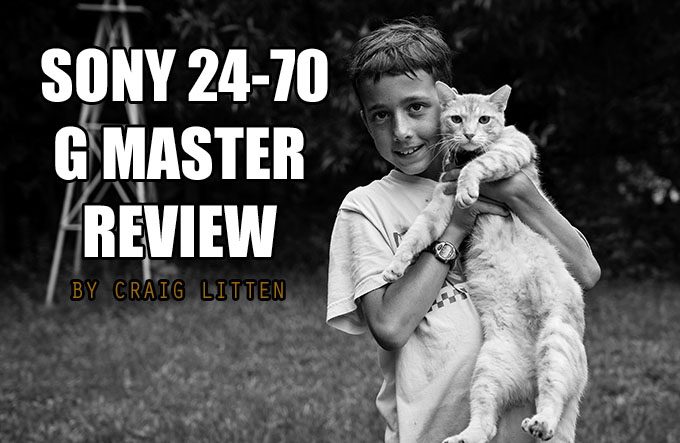
Sony Hits a Grand Slam. The 24-70 G Master Lens Review
By Craig Litten
This lens instills confidence. Not in a “I-didn’t-prepare-for-the-shoot-but-my-lens-will-help-me-pull-it-off-‘cause-it’s-awesome,” kind of way, but in a “This-is-professional-grade-and-it-will-help-me-achieve-my-vision-because-it-will-perform-and-stay-out-of-my-way” manner. Yep, that’s it. Spoiler Alert: If you’re a working pro, CLICK HERE to order immediately (Steve didn’t put me up to this). If you’re a working pro and you’re making money with your gear, you can’t afford not to own the bread-and-butter of all pro lenses, the 24-70 f2.8—and a top-notch one at that. And the best part is, it’s a native E-Mount—how sweet is that?
If you’re a serious amateur who cares about his/her gear and wants the best image quality you can get in an all-in-one zoom lens, CLICK HERE to order (Really, Steve didn’t put me up to this). If you’re an enthusiast and just love gear, want the highest image quality and bragging rights, and here’s the caveat, don’t mind the size and weight, CLICK HERE to order. For casual shooters, I’d rent it first to see if you really need such a beast. I say this not to degrade anyone—if you have the funds, have at it as you won’t be disappointed, but that it’s really overkill for many. Why? Because one, it’s not cheap as everyone knows. But mainly, because it’s very large and quite heavy and you won’t want to lug this puppy to dinner parties or on vacation. The great thing is though, you don’t need to because the Sony/Zeiss 24-70 f4 is a fine lens no matter what you’re heard or read, and for the right price I’d purchase one myself. I’ve rented it once for a job and thought it quite good—way better than I expected given the poor reviews. I was also surprised at how small it is. It’s not stellar in the corners though if you’re a pixel-peeper, but it’s sharp in the center, and perfect for all-around shooting, people photos (where the corners don’t matter anyway) and everyday use. I used the Sony/Zeiss 24-70 f4 on high-end, paid commercial shoot on my A7r last year, before my Batis twins showed up, and the client made large poster prints for a point-of-sale ad. It’s that good, really. I don’t have one to compare side-by-side with the GM 24-70 f2.8, but I’m sure the GM would win for the way it draws a scene and it’s beautiful, soft bokeh.
This is the lens that you’ve been waiting for if you’re a Canon or Nikon shooter wanting to switch over to the Sony mirrorless system. This is the one; it’s time to take the plunge. The Sony FE GM 70-200 f2.8, along with converters, will follow soon. And I’m quite sure it will be a stellar lens as well. There, I said it at the beginning of the review, this is a stellar lens. With these two lenses you can do 95% of most photography work. Also, Sony is not going to rest on it’s laurels, it is out to be number one (their own words, not mine), so I imagine they have some great stuff up their sleeves. They seem to listen to their Artisans and their user base too, so get online and let your voice be heard. So if you’re really wanting to switch, and the thing that was holding you back was pro zoom lenses, your wish has been granted. Is this 24-70 better than the Canon and Nikon versions? That I wouldn’t judge, but it is easily on par. In the past I’ve used (while a staff newspaper photographer) or owned the Canon 28-70 f2.8, two different Canon 24-70 f2.8’s and the Nikon 24-70 f2.8. I’ve also used the Olympus Zuiko 14-35 f2.0 (28-70 equivalent) for the full 4/3 system, as well as the Pentax Pentax smc DA* 16-50mm f/2.8 (24-75mm equivalent). The Sony G Master 24-70 f2.8 is a real pro lens, with pro build and pro features. This is a lens that you can make money with. Besides, only you can determine if it’s for you or not, that’s your job in this equation. My job is to tell you my observations, my experience and my opinion. But at the end of the day, it’s only “my” opinion.
If you’re already a Sony shooter and you’ve been waiting for a pro quality 24-70 f2.8 zoom to complete your system, don’t hesitate, Sony has delivered the goods.
Sharpness
I won’t pretend as knowledgeable as Steve (or my friend Roger the Leica guy) on how they draw, what signature they possess, etc., all I can say is this lens is plenty sharp, even wide open where it counts. I’ve owned and shot with just about every pro lens from Canon and Nikon in the past also (from 14mm to 600mm), so I have something to compare it to. I will say this, an f2.8 zoom is meant to be shot wide open! Is it prime sharp? That I can’t really answer, but again, it’s a premium lens and I haven’t seen anything yet to make me think otherwise. I’ve tried to include plenty of images samples (it’s up to Steve on how many actually get posted), at every focal length and almost every aperture, so you can judge yourself. The lens does remind me of the other Sony/Zeiss lenses I own though, which is a very good thing. I’ve also attempted to offer a variety of subject matter too, placing the subject all over the frame. The shot of the turtles sunning themselves is a great example. They were a little too far away to get a close-up shot with a 24-70, so I placed them towards the upper corner of the frame and shot wide open at f2.8 at 70mm. The file is large enough that if you zoom in, you can see the great clarity and contrast of the lens. It’s an out of camera (OOC) jpeg shot on an a7II.
ALL IMAGES FROM THE SONY 24-70 GM – CLICK THEM FOR LARGER
Bokeh
The proof is in the pudding here as bokeh is something that can be seen no matter how large the file is. All I can really say is that it’s lovely—especially for a zoom. The B&W shot of the girl in a Jaguars T-shirt climbing on the rocks really displays the amazing 3-D look this lens has the ability to render. The shot of the guy carrying the guitar is another. This really surprised me, as I don’t think I’ve seen an f2.8 zoom render quite like this before. It reminds me of the Leica Summarit lenses I used to own, and I’m quite impressed.
Ergonomics and Design
As I mention in the size/weight category, this lens “feels” slightly front-heavy when on the camera, but it is slight. It really isn’t a big deal though because the lens’ ergonomics are very nice—from fit and finish to the way it falls into your hand. When you hold then lens by itself though, it seems perfectly balanced, so I think it’s a matter of perception. I use a Neewer Quick Release L-Plate Hand Grip on all my A7’s with the vertical side removed. It’s only $22 on Amazon, and it offers a little more grip, including a place for you pinky finger, which helps balance a lens of this girth. It’s a great bargain too. All-in-all I’d say the ergonomics are near perfect, as is the design. I love the fact that it has a Focus Hold Button that falls perfectly under your left thumb. And a short distance away is a AF/MF (Auto Focus/Manual Focus) switch for quick access, without menu diving, that can be reached by the same thumb. The lens hood is well thought out and snaps on securely. This is a little thing that’s bigger than it seems. I’ve owned lenses that I would constantly bump the hood while working, and not notice it until I saw it in the frame of the photos. This can ruin a good shot, and the only remedy is gaffers tape. The lens is branded Sony on one side and it has a silver and red G on the other side indicating that it’s in Sony’s premium G Master line. I think most people will be very satisfied with the way that this lens is designed and how good it fits into their hand.
Auto Focus
In good light, focus is fast, silent and nails the subject about every time. You know a lens has good auto focus when you never think about auto focus. That being said, in the Sony ecosystem a lenses auto focus is only as good as the camera you’re using it on. In this case, most of my shots with the Sony 24-70 f2.8 G Master are with the Sony a7II, but also on the original A7s. As is, the AF is excellent and I don’t suspect you’ll ever have any problems with auto focus. What is promising though is that Sony will continue to up the AF capabilities of their newer cameras, thus AF on this lens should only improve as new generations of cameras are released. If you’re concerned about the AF, don’t be. It’s great and will keep improving with successive camera body releases.
Size/Weight and Handling
The lens is a beast and it’s heavy, as I’m sure you’ve already read online. But that being said, if you’re a working pro, who cares! It’s a tool, and what a tool it is! Again, this lens instills confidence in every way. Or, if you’re a photographer who doesn’t want to sacrifice image quality, it matters not either. Again, the lens is a tool. Imagine if an anvil were made smaller and lighter because it was just too unruly? It wouldn’t get the job done (no, the lens doesn’t feel like an anvil). So does the size and weight matter? For those who are working pros, no, not at all. For anyone else desiring top image quality without sacrifice or without carrying four prime lenses, no, it doesn’t matter either. But for travelers who have to keep size and weight to a minimum, it may be a factor, and is in my opinion. Also for those who must ‘wear’ their camera all day long, it will have the tendency to wear you out. You’d be better off with the Sony/Zeiss 24-70 f4, as mentioned before, or a smaller prime lens.
The lens feels slightly front-heavy, but is well balanced and feels great in your hand when using it. The way the lens is designed by getting progressively larger is great for photographers with smaller hands. I remember owning the original 28-70 f2.8 (Canon made this lens prior to the 24-70 f2.8), then the Canon 24-70 f2.8 (version I), and always felt it a bit large for my hands and that I might drop it. The 24-70 G Master feels perfect to my hands and instills confidence in handling because it’s smaller at the base, and the nice, stiff rubber zoom grip to grab onto. I’m not saying that the Sony is better than the Canon, but a better fit for smaller hands.
Build Quality:
This lens is stellar in every way. Again, the lens appears to be mostly plastic, but a high-quality plastic. The inner zoom portion of the lens, the part that extends when zooming out to 70mm, appears to be made of metal. But this is just my conclusion and not the final word. Nevertheless, the build quality is top notch and what you’d expect from a lens costing over two grand. This lens is pro in every way. By the way, the lens is Made in Japan.
Focus Ring and Zoom Ring
Both the focus ring and the zoom ring are rubber coated and have a very nice grippy feel to them. Those who don’t like the focus/zoom rings of the Sony/Zeiss lenses will be pleased with these. They feel great to the touch, have the perfect grippiness (I don’t think that word will hold up in Scrabble), and are more pro-grade in form and function that the existing lenses in the Sony FE lineup. The zoom ring is well dampened and has just the right amount of resistance. The focus ring is buttery smooth—is that even possible in a fly-by-wire lens? Yes, it is. When in manual focus mode the focus ring can be spun easily by a single index finger or thumb. Finally, the rubber on the rings feels rock solid and doesn’t slide around, unlike some Canon lenses (sorry Canon shooters, it’s nothing personal as I shot Canon for 11 years, but it’s true). It feels like you’ll never have to replace it.
Fit and Finish
The fit and finish of the lens is top notch, you won’t be disappointed here. The finish is smooth to your hand and doesn’t show fingerprints at all like the Sony/Zeiss lenses (which I personally love the feel and look of, but many do not). Most of the lens appears to be high-quality plastic (yes, I’m disappointed too), but it is very high quality. The inner zoom ring (the part that extends when you zoom OUT towards 70mm) appears to be metal. I’m not 100% sure about this, but that’s my conclusion. Nevertheless, I can’t see anyone complaining about the finish of the lens. It has kind of a dull matte finish just like the a7 II, a7sII and a7rII and it matches those cameras perfectly. Fit is very tight and feels perfect to me, and I’ve owned, used or handled many, many, many high-end lenses during my career as a photojournalist. For more on this see “Build Quality.”
On a side note, the serial number for the lens is a sticker as amazing as that sounds. I don’t understand why Sony doesn’t engrave their lenses with the serial number. The sticker seems more secure that the one’s on the Sony/Zeiss lenses, but it’s still a sticker and stickers can come off. There is no text, branding or a serial number around the front element.
Focus Hold Button
This is a first for a non-telephoto lens as far as I know. I could be wrong so I’m not stating this as a fact, but I have personally never seen and AF Hold Button on a wide angle zoom. This is a wonderful feature. The reason I like it, and I suspect many wedding photographers will love it, is that it allows you to keep the auto focus setting on continuous (servo) AF all the time, but allows you to lock or hold focus should you need to focus, recompose and then shoot, for example, an off-center portrait. As long as the button is held in, the lens won’t refocus. Back in my photojournalism days I ALWAYS keep my cameras set to continuous (servo) AF because things were always moving quickly, and I always had to be ready for the action. The same goes for wedding photographers as things are always moving during a wedding too, and it can save a lot of time not having to continually switch between Single Shot AF to Continuous AF all the time, which could cause you to miss a shot. That being said, Sony has a lot of new AF technology that didn’t exist (and still doesn’t on most DSLRs) a few years ago like face recognition, eye AF, etc., so the need might not be as great now for an AF hold button as it once was. Fortunately though the button has mass appeal, and can act as another custom button (C5), and can also be set to a whole list of other things— I counted 57 different custom settings on the menu including Eye AF. What a great, overlooked feature!
Zoom Lock
The lens has a zoom lock to keep the lens from “creeping” (zooming) when carrying it, but the zoom ring is stiff and nicely dampened, so there really is no need for the zoom ring lock as the lens would probably never creep. I suppose that Sony added a zoom ring lock because it’s a premium lens so nothing should be left out.
AF/MF Focus Switch
I thought it worth mentioning that this lens has an AF/MF focus switch. This is a great feature to have as it is always instantly ready and useable should you run across a tricky focusing situation or want to fine-tune your focus. Another premium feature on this loaded professional lens.
One word of warning though: this switch could get bumped and flicked to manual focus (assuming AF is your default setting), and cause you to shoot an out-of-focus picture. If you have focus peaking turned on as default, you’ll realize it immediately. But if not, it is possible to shoot a photo and not realize the shot is out of focus if the subject is just slightly off. Back in my Canon days, I always kept gaffers tape on my lens switches.
Lens Hood
What can one say about a lens hood? They really don’t excite me, and I always laugh when people doing an unboxing (that’s a funny term too) video and they examine the lens hood before the actual lens—let’s get to the good stuff first people, LOL. Anyway, this hood is nicely designed and has a small, spring-loaded button on one side that locks the hood in place when you rotate it on. To remove the hood you simply press the button and turn. It doesn’t sound like a big deal but again, if you happen to be a working pro every little thing, like a locking lens hood, helps you concentrate less on your gear and more on making great photographs.
The hood is typical plastic though and feel like most hoods—kind of cheap, but it does have its purpose. A plastic lens hood can absorb the impact should you drop your lens front element first, and this is a good thing. During a drop like this usually the hood pops off, but it acts as an added protection taking some of the impact from the drop. The hood also has a nice black velvet lining to absorb reflection, and it reverses for storage.
Another small observance of the hood is that if you like to set you camera face down with the lens as the base resting on the lens hood, this hood allows you to do this because it is flat on the extended edges of the petals, but it’s not secure and could easily tip if slightly bumped. On its own though, when not mounted on the camera, you can rest the lens on the hood without too much worry.
Filter Size
The filter size is 82mm, but it doesn’t seem any larger than the typical 77mm size of f2.8 zooms of the past. In other words, I thought it would appear huge, but it doesn’t. In fact, 82mm seems to be the new standard as both of the 24-70 f2.8 lens by Nikon and Canon take an 82mm filter.
Case
The lens comes with a premium case that is much nicer than the faux leather cases that ship with other high end Sony G or Sony/Zeiss lenses. The case has a front double zipper with a velcro flap, is fairly well padded, has a premium feel, has a belt loop and a small top loop handle, and comes with a shoulder strap. What more could you ask for $2200 USD? And the Sony branding is minimalistic and could be cut off should you want to fool your friends into thinking you have a Sigma lens from the 80’s in your case.
Box
I wasn’t expecting a box to come with the review sample that Steve sent me, so I was surprised when I saw it. It’s a typical box but Sony has made the packaging a bit more appealing on the GM lenses, as now only one side is bright orange, the rest black and one side has an image of the lens on it. So, for all you box fans out there, you’re going to be happy. It’s no Leica box, but beats the old orange boxes any day of the week.
Macro Ability
Sony lists the close focus ability at 38cm, exactly the same as the current Canon and Nikon 24-70 f2.8 zooms. In other words, very good.
Distortion
On the RAW shots I used LR 6 to convert them, but it has not been updated yet with a profile for this lens unless you use the CC version. So the little distortion that the lens may exhibit, has not been corrected and can be seen. But I only really notice it, and it’s very slight, in the shot of the wooden fence and gate with the pelican sign on it. Distortion seems to be well controlled optically.
Conclusion
In this review I shared a lot more details about the physical characteristics of the lens than I normally would, because many people reading this blog live in areas where they just cannot get their hands on one to see and test it for themselves. And many don’t want to spend the extra money on renting the lens. I attempted to give some of the information I would want to know myself to help you determine if this lens is for you. Hopefully the photos will speak for themselves and demonstrate just what this lens can do, and how it renders a scene including sharpness, contrast and bokeh. I also tested it thoroughly. Nothing surprised me. As a matter of fact, the lens is quite boring in the sense there were really no challenges or problems. It is what claims to be, it does what it’s supposed to do, and it performs like it is promised to perform. Sony truly didn’t hold back.
Bottom Line
Is this lens for you? Only you can determine that. The information is here. I wrote a lot about what pros, advanced amateurs or enthusiasts may want because this lens is aimed at pros, advanced amateurs and enthusiasts. For everyone else I think this lens is too large, too heavy and too expensive for common, everyday use. Save a grand, and your back, and purchase the Sony/Zeiss 24-70 f4, or, if you’re an APS-C shooter (a6000/a6300, etc.), get the seriously good Sony/Zeiss 16-70 f4 (24-105 equivalent). It’s much smaller and lighter still and gives a great range up to 105mm.
If you’re a working pro, don’t think twice, buy it now. If you’re an advanced amateur or enthusiast who wants the best image quality and doesn’t mind the weight, I highly recommend this lens. It’s so good that you’ll forget the size and weight as soon as you view your images. But remember, photography is ultimately about the final image, not about the gear. It’s about the emotion, not about the sharpness. It’s about being happy with the art you produce, not about technical perfection.
I want to end with a quote from Thorsten Overgaard:
“It is often forgotten that what hits you first when you see an image, is the emotional impact. It always was, and that is why some of the greatest photographs throughout time are also not a great display of technical superiority. Nobody ever discussed how Henri Cartier-Bresson achieved such sharpness and amazing shadow details; simply because he never did achieve any of that.”
I highly recommend the Sony G Master 24-70 f2.8 lens.
Thank you to Craig Litten for this fantastic real world review! Craig is a brand new addition (but no stranger) to SteveHuffPhoto.com and will be reviewing various gear in this real world style in the near future! See his website HERE for more of his work. His reviews here will mean MORE reviews for this site in addition to my own, so double the fun!
HELP KEEP THIS FREE WEBSITE RUNNING STRONG! HOW YOU CAN HELP OUT!
For the past 7 years I have been running this website and it has grown to beyond my wildest dreams. Some days this very website has over 200,000 visitors and because of this I need and use superfast dedicated web servers to host the site. Running this site costs quite a bit of cash every single month and on top of that, I work full-time 60+ hours a week on it each and every single day of the week (I receive 100-300 emails a DAY). Because of this, I could use YOUR help to cover my costs for this free information that is provided on a daily basis.
To help out it is simple, and no, I am not asking you for a penny!!
If you ever decide to make a purchase from B&H Photo or Amazon, for ANYTHING, even diapers..you can help me without spending a penny to do so. If you use my links to make your purchase (when you click a link here and it takes you to B&H or Amazon, that is using my links as once there you can buy anything and I will get a teeny small credit) you will in turn be helping this site to keep on going and keep on growing.
Not only do I spend money on fast hosting but I also spend it on cameras to buy to review, lenses to review, bags to review, gas and travel, and a slew of other things. You would be amazed at what it costs me just to maintain this website, in money and time (250 hours a month, and about $3000 per month).
So all I ask is that if you find the free info on this website useful AND you ever need to make a purchase at B&H Photo or Amazon, just use the links below. You can even bookmark the Amazon link (not the B&H) and use it anytime you buy something. It costs you nothing extra but will provide me and this site with a dollar or two to keep on trucking along.
AMAZON LINK (you can bookmark this one)
B&H PHOTO LINK – (not bookmark able) Can also use my search bar on the right side or links within reviews, anytime.
Outside of the USA? Use my worldwide Amazon links HERE!
You can also follow me on Facebook, Twitter, or YouTube. 😉
One other way to help is by donation. If you want to donate to this site, any amount you choose, even $5, you can do so using the paypal link HERE and enter in your donation amount. All donations help to keep this site going and growing!![]() I do not charge any member fees nor do I (nor will I ever) charge for reviews, so your donations go a long way to keeping this site loaded with useful content. If you choose to help out, I thank you from the bottom of my heart.
I do not charge any member fees nor do I (nor will I ever) charge for reviews, so your donations go a long way to keeping this site loaded with useful content. If you choose to help out, I thank you from the bottom of my heart.


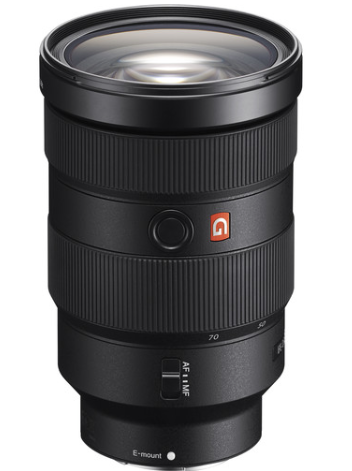

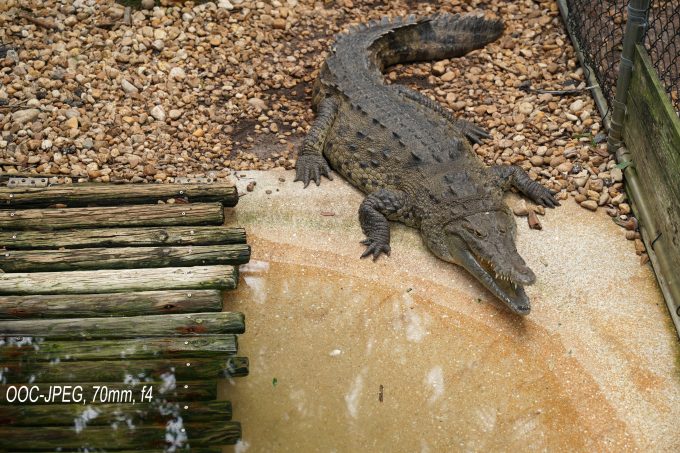
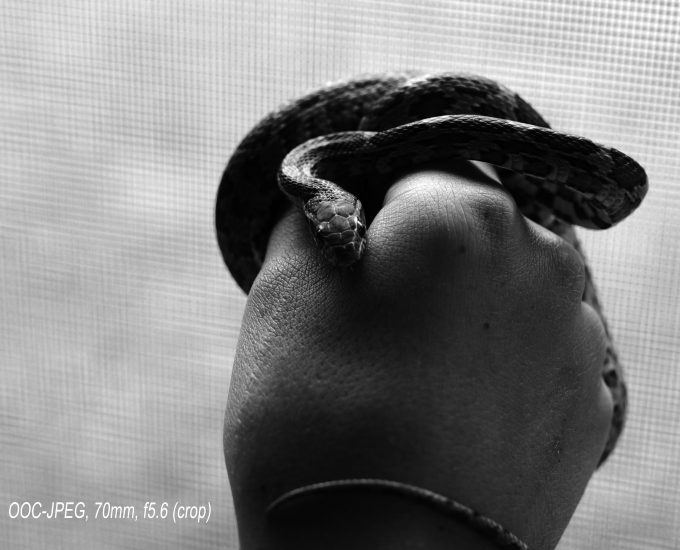
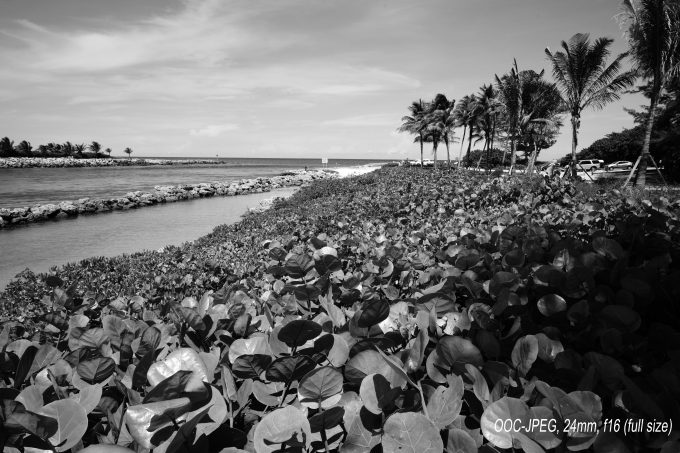
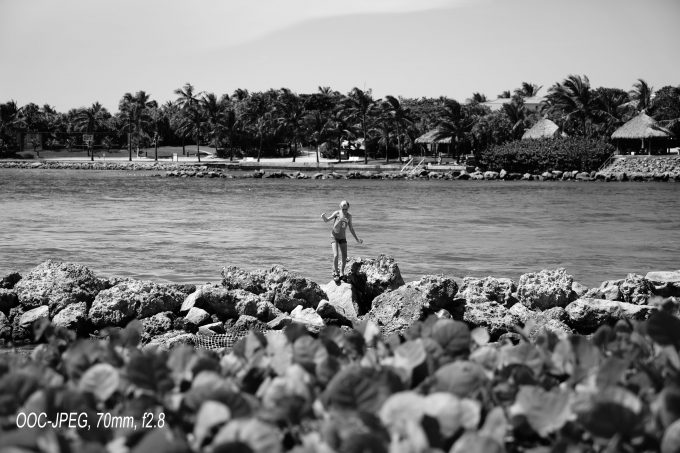
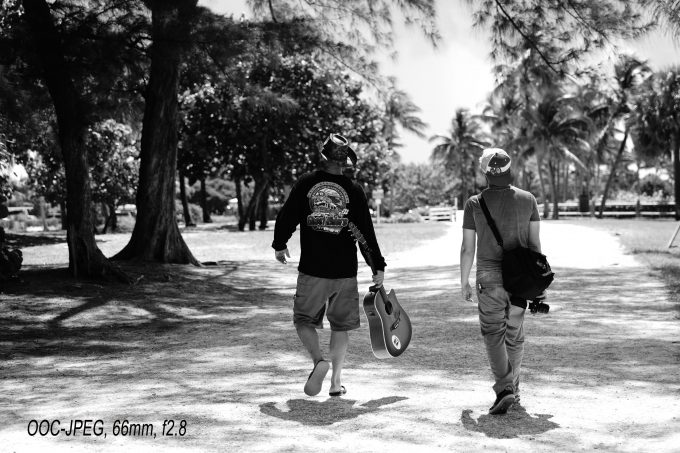
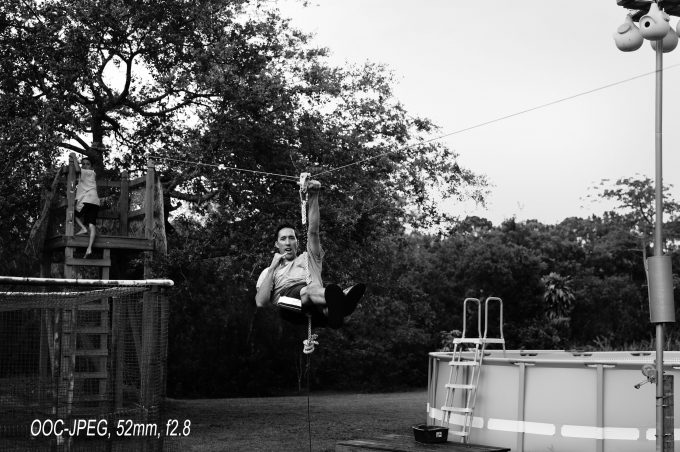
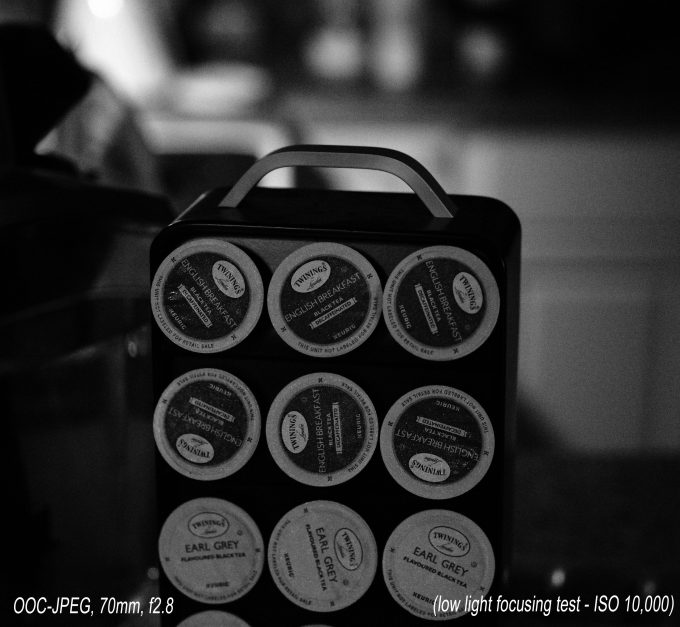
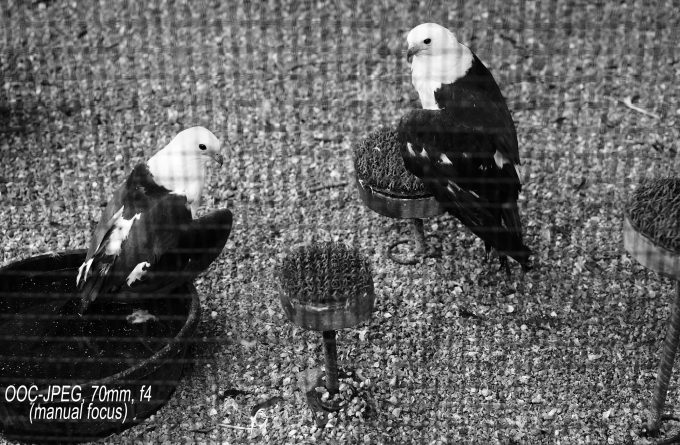
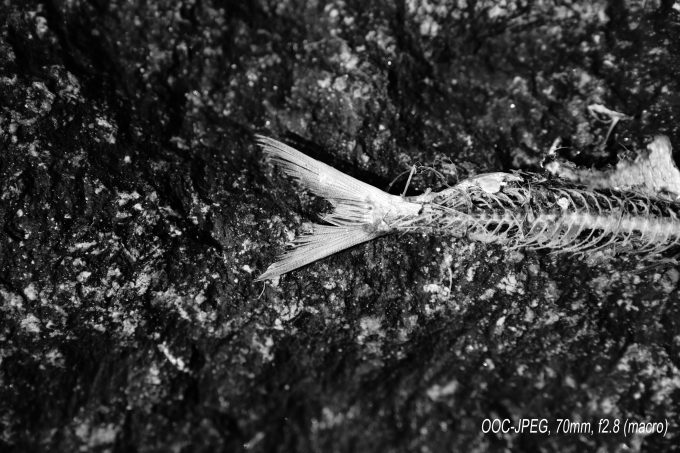
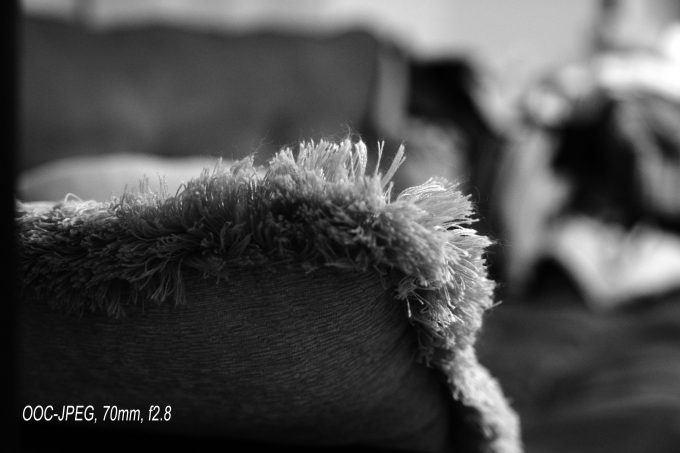
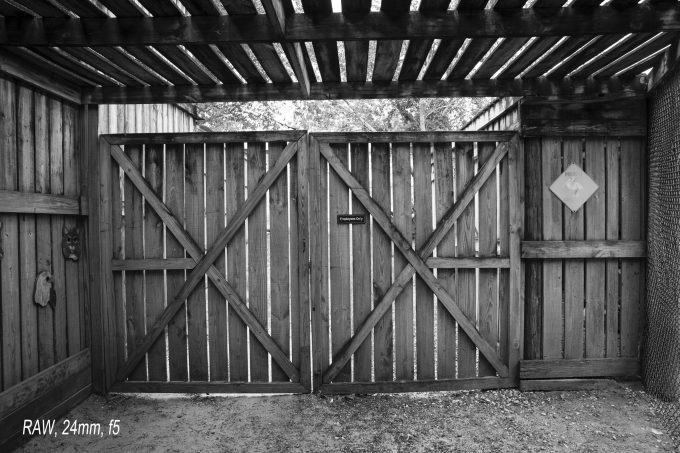
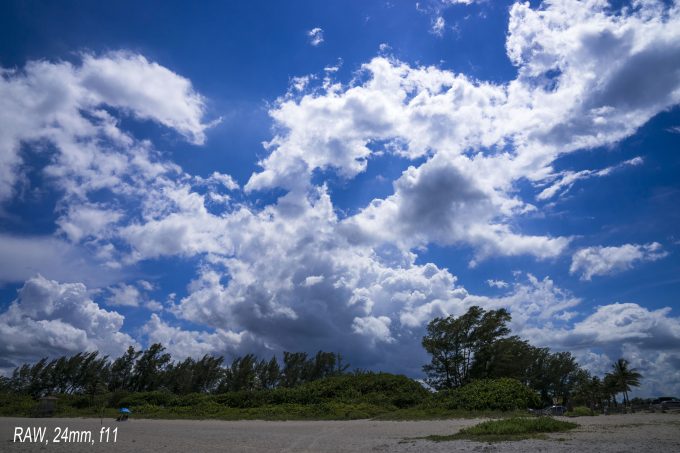
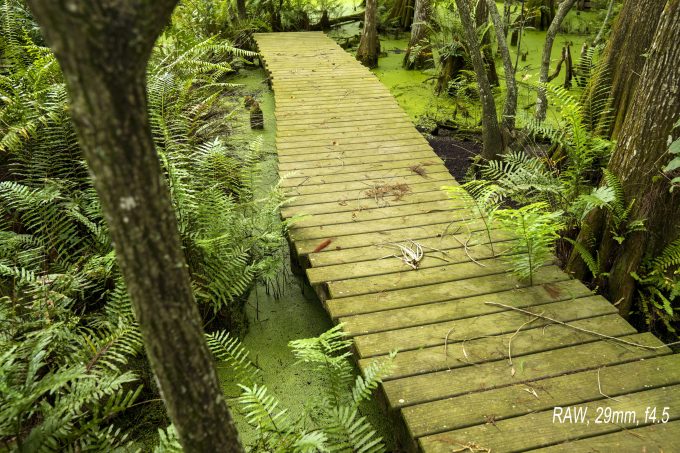

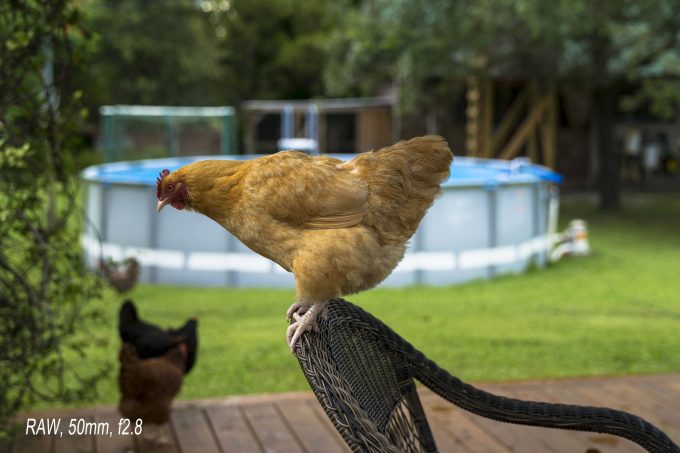
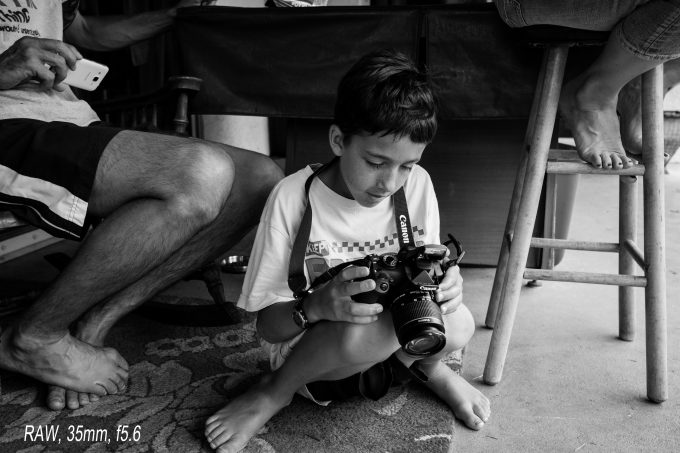
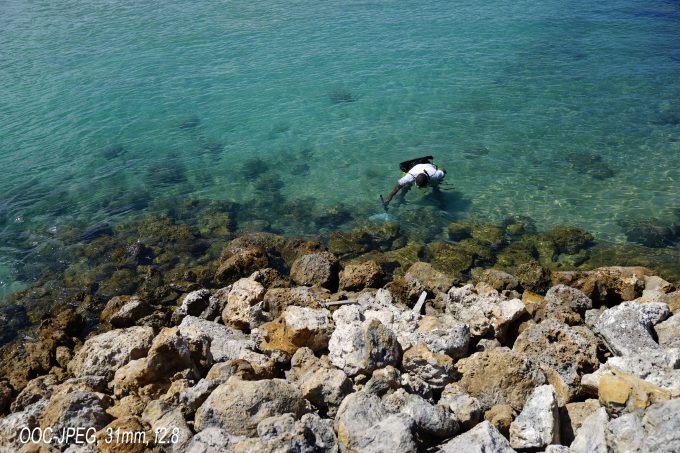


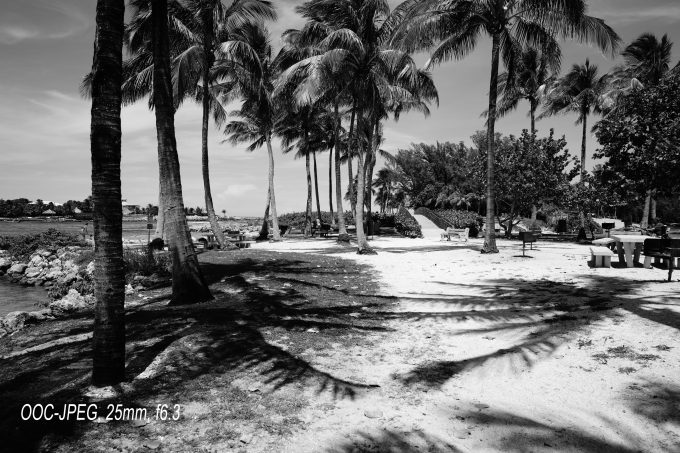

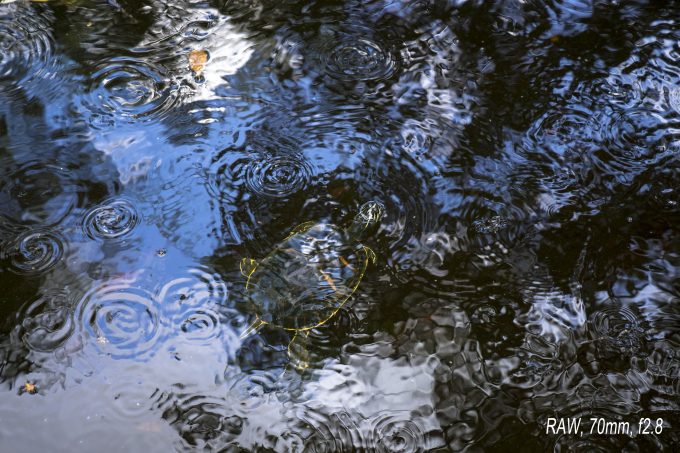
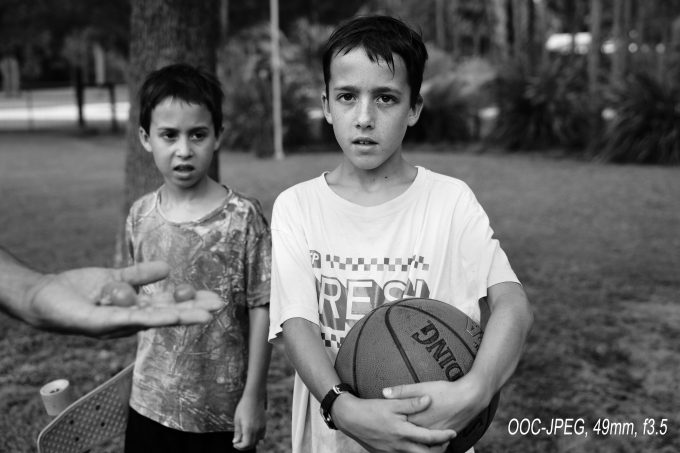
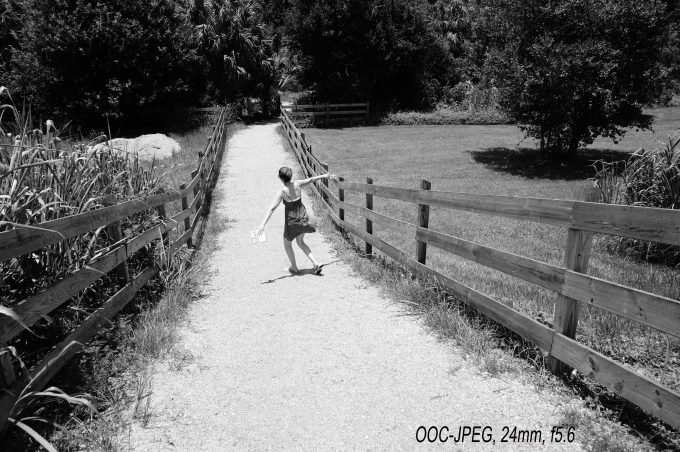
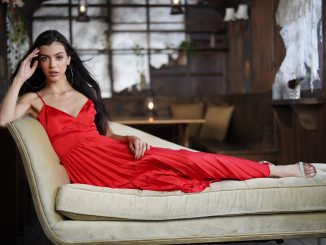

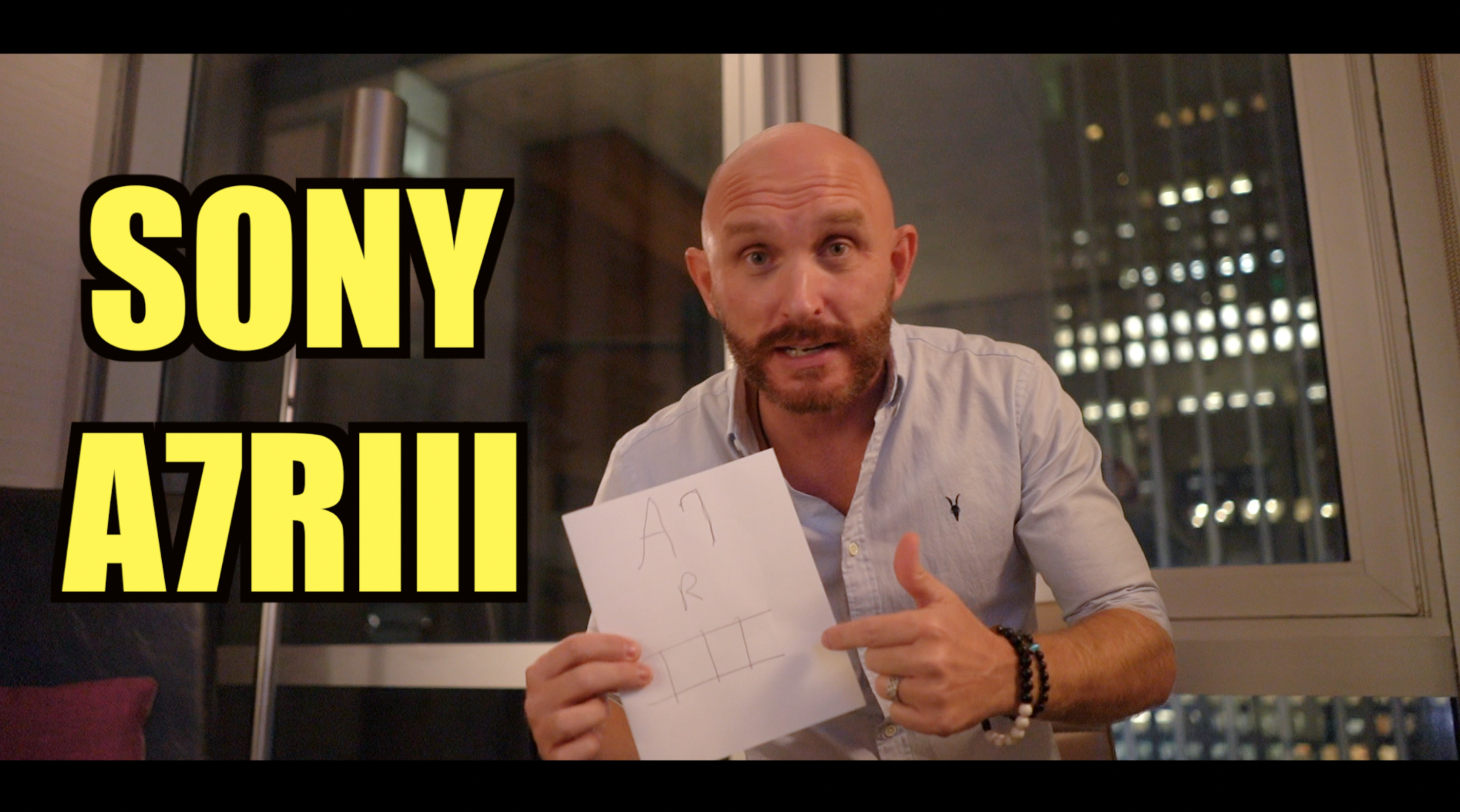
From what I understand, this lens, as the new 50mm and 5mm, stops the aperture down before you focus, and it can not be disabled. If this is the case, the lens, for professional studio work, comes in the “paper weight” category.
Great review Craig. I think the shots show what the lens is capable of. Did you shoot this on an A7R or A7Rii?
No, sorry Wataru, I didn’t. I’m sure it would be fantastic though. Thanks for the comment!
So what did you shoot it on? The A7?
Wow. I stunned at this thing at f2.8. I shot event and sports here in LA for years with many pro-lenses, ultimately with the (I think) latest version of Nikon’s pro-zoom 24-70 f2.8 with the nano coating, etc. And I can tell you or anyone else that there is NO way that highly touted lens could produce this kind of sharpness wide open. f2.8s are your pro-zooms. It’s not about what you might feel better walking around with on vacation. It’s about two lenses, 24-70 and 70-200, always f2.8. Problem is that on the wide zoom f2.8 was always more an aspirational aperture than it was dependably and solidly sharp like this one is. Those images shot wide open here are incredible. Period.
Craig,
I think your photos look just fine. (It helps to have a regularly calibrated display.) They are well chosen to illustrate the points you make in the review, particularly the clarity and bokeh. It seems like people struggling with the music are the first to ask to tune.
I wondered what that Spyder thing from Datacolor was for, thanks for the reminder Ed 😉
Good review but most of these photos look muddy to me not clean was it in the processing
I don’t know?but from the look of the pics I wouldn’t be interested in this lens at all that said thanks for the review
Thanks Donal, you may be right about the mud, but it could be your glasses. By the way, have you been to Memphis lately?
Until now, Sony lacked a pro-quality mid-range zoom for the A7Rii. The 24-70/2.8 G-Master lens fills this gap with room to spare. It is just as sharp throughout, including the extreme corners, as any of the Sony/Zeiss lenses in this range. I like the Loxia and Batis lenses for their size, but the 24-70/2.8 is every bit their match in image quality. It’s just plain heavy!
Like the author, I use a cross-shoulder strap (Sun Sniper II) to spare my lower back and shoulders. Carried this way, it’s no special burden. The 24-70/2.8 is not OSS, but the camera’s IBIS steadies the image well enough that a tripod is seldom needed. It focuses close enough that there is no need to reach for a macro lens for flowers and butterflies. Focusing is quick, sure and quiet, thanks to an hybrid rotary/linear mechanism. Manual focusing is well implemented, without excessive velocity effects, as well or better than the Batis lenses.
Tough crowd…personally, I think the IQ and bokeh in these images is stunning. Different strokes for different folks, I guess.
As for the review being like an ad I think it follows the pattern that Steve has established here. The reviewer obviously is excited with the results from this lens and that comes across in the review. Steve has repeatedly stated that he only reviews equipment that he likes and feels positive about. If you’re looking for a negative review you’re on the wrong site. Steve has always been very up front about that and I have no problem with it when it’s stated up front. Nice review and images, Craig.
I’d like to express my enthousiasme for Craig contributing to this website. I always, and again, admired his professionalism.
I don’t understand the comments of some, with their negative judgement on this lens and this review, arguing their opinion with the same statements that I could read in Craig’s review!
Clearly, it’s not a lens for me (the review made that very obvious – job well done!), still, I can admire its quality on so many levels. I can absolutely imagine that a working pro will be thrilled by this high quality tool. But the cons that Craig stipulated leave no doubt: it’s not for me.
So thank you so much Craig, for this fine article – written in your own style, but still perfectly fitting in the real world concept, that we all love about this website. I hope to see a lot more from you!
Shots are nice, but if you are going to review a item as opposed to just shooting I believe it needs to jump a level in quality. Compare guys like Kristian Dowling, Jono Slack and Ming Thein who’s reviews are on that level are very good. Remember we spend a lot of money and we need to see what a lens can do.
I’m sorry Ian, I never trust a reviewer whose name I can’t pronounce!
Hi Dirk, thanks very much. I can tell you’re an intelligent man, and have good taste 😉
Craig
If the sample pictures truly reflect what the lens can do, I am not sold at all. I do have the Sony A7RII, Leica M240, SL plus many impressive lens from Sony, Leica, Zeiss. I don’t see the pop, impressive color rendering, etc.
You’re in luck sf, it looks like you already have all the lenses you need.
Not commenting on this review but on the lens.
I took the plunge and got one. First impressions are very, very good. Yes it’s front heavy on an A7ii but i’d say if you’ve used the equiv canikon lenses then it’s not appreciably different. I forgot about it after 5mins, genuinely. AF is fast and bokeh is smooth for a 2.8 zoom. Do I prefer to carry a small prime? Yes. Do I need to carry a zoom for landscape and outdoor sports work? Yes… (will it take me about a year to pay it off? yes!)
This review is consistent with my very positive experience with this lens on my A7R2. Yes I do mind the size (potentially intimidating) and weight BUT, I carry and use it a lot more than I expected because it performs so well and is so versatile. I’ve used it mostly without the lens hood and that cuts down on the size. A cross body strap helps a lot with the weight.
Around here the Sony 24-70mm F2.8 is quite a bit (~ 50%) more expensive than the current Nikon & Canon offerings… so a comparison would’ve been interesting.
For private photography (no money involved) this lens would be much more than I would be willing to carry around.
MFT is definitely NOT the perfect system. But the lenses… damn… they are just reasonable in size and the ones I used are optically quite good. For my private stuff MFT is a joy to use.
Sounds like an advertorial. I am wondering if Sony buys advertising on this site. Yes, I am sure it si a nice lens, possibly great. But it is large and expensive. I bet if most of these photos had been taken with the 24-70 mm f4 ZA there would be little difference.
The 24-70 f4 + the 55mm 1.8 (or possibly the Batis 85mm) combo are cheaper and smaller than the 24-70 G master.
Anyway I liked the photos. Is it Mexico / Yucatan? Looks like an American Crocodile, and coral reminds of Cozumel. Or Florida Keys? Some crocodiles are present there as well, but not as many as in the Yucatan peninsula.
Thanks Stefano, I’ve been practicing for my new job at Sony. I thing now I might have a chance.
Exactly, and the sample images do not back up the claims made in this ‘review’.
“the amazing 3-D look this lens has the ability to render” is nowhere to be seen in the examples.
I’m not a fan of zooms, and I’m most definitely not a fan of carrying such a beast for those short focal lengths. If I’m gonna be restricted to f/2.8 in that range, I’ll just carry the excellent little Sony Zeiss 35/2.8 thank you very much.
Great review Craig! You are always insightful and level headed about lenses so I’ll bet this one is exactly like you say….a total winner. Size does not matter when you are working professionally in stable environments.
You rock Michael, plus I know where you live…well, kind of 😉
Sounds like an advertisement to me!
Just what came to my mind too …
Too big for me too, but does that mean the reviewer is’nt allowed to be enthusiastic? He is pretty clear about who might, and might not, put up with the weight.
Exactly, and the sample images do not back up the claims made in this ‘review’.
“the amazing 3-D look this lens has the ability to render” is nowhere to be seen in the examples.
I’m not a fan of zooms, and I’m most definitely not a fan of carrying such a beast for those short focal lengths. If I’m gonna be restricted to f/2.8 in that range, I’ll just carry the excellent little Sony Zeiss 35/2.8 thank you very much.
Hey Mike, I forgot to mention that you need 3-D glasses to see the 3-D pop, my bad!
I don’t think so. The whole reason I switched from DSLR’s to Mirrorless was because I was tired of carrying around gigantic camera lenses. If you’re a pro, why not just stick with your Canons and Nikons? They’re the same size! And if you’re an amateur like me, this seems to defeat the whole purpose of going Mirrorless in the first place.
Reduced size and weight are secondary considerations for switching to an EVIL camera. More importantly, they offer the ability to review photos through a viewfinder adjusted for your particular eyesight, shoot video using the viewfinder, shoot in multiple formats, and other benefits.
“Reduced size and weight are secondary considerations”? You may not care about size and weight, but most people do. I love EVF’s and LCD’s, but smaller camera bodies and lenses are the most important consideration. I use Leica M lenses on my A7r2 and for me that’s the way to go. I’d rather drive a 911 than a Ford Expedition.